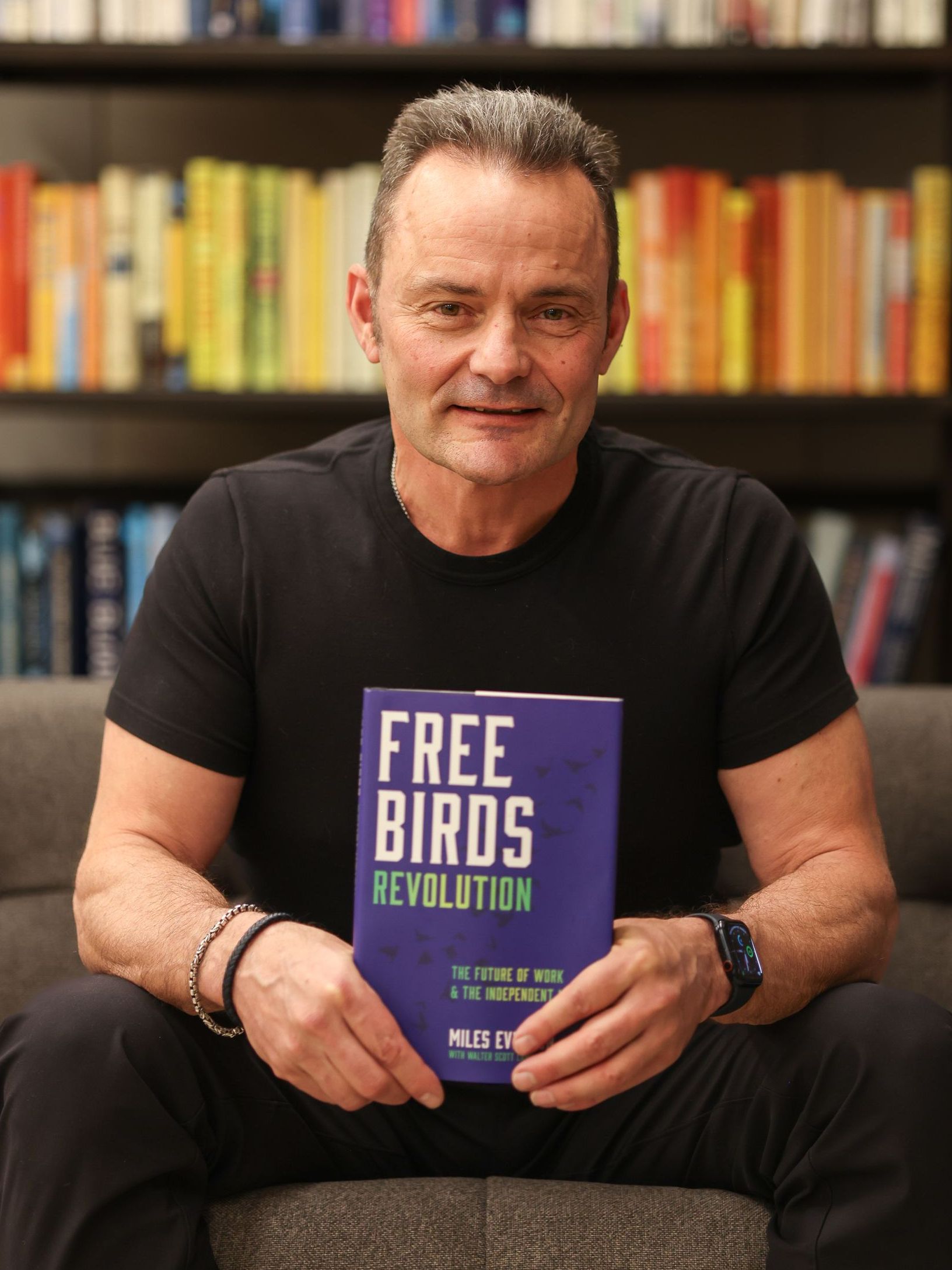This “Marvel” helped a powerhouse pivot to a “sticky” business model. Learn more about him here!
For this article, we’ll talk about one of the key people who helped Adobe become the creative industry juggernaut it is today. Continue reading to learn how this “Marvel” helped the company transition to a “sticky” business model that helped it remain profitable and widely sought after. |
|
This “Marvel” helped a powerhouse pivot to a “sticky” business model. Learn more about him here! Adobe has established itself as a powerhouse in the creative industry through software solutions like Photoshop, Illustrator, and Premiere Pro. These solutions have become the go-to for designers, photographers, and anyone else working in the creative field. Adobe is also a household name in the financial market and the Software as a Service (SaaS) space due to its ability to deliver shareholder value. That said, this dominance is not just due to the quality of Adobe’s products but also the pivot it underwent more than a decade ago.
You see, prior to 2013, Adobe distributed its software to users by having the latter pay for lifetime licenses to continue using the company’s software. Intervals for software upgrades would come in cycles of a year or two, and each time this happened, users could pay to upgrade or choose to keep using the software version they already had. That is, until Mark Garrett, then-chief financial officer (CFO) of Adobe pivoted towards a different business model that would lay the groundwork for the company’s current success.
Garrett, after having obtained his bachelor of arts degree from Boston University in 1979, entered the world of business when he worked for IBM in the same year. By the time he left the company in 2002, he had held various executive and management positions. In 1986, he obtained his Master of Business Administration with a focus on Organizational Behavior from Marist University. After leaving IBM, Garrett went on to serve as the chief financial officer and executive vice president of Documentum, which was sold to EMC Corporation. After the sale, he served as chief financial officer and senior vice president of EMC Software Group, a subsidiary of EMC Corporation from 2002 to 2007. By 2007, Garrett joined Adobe to become its executive vice president and chief financial officer. When he joined the software giant, he had more than 25 years of financial management experience in the technology sector, which helped him immensely during his tenure that lasted until 2018. As chief financial officer, Garrett made a name for himself by helping Adobe transform its business into a cloud-based subscription model. In 2013, the company abandoned its perpetual license business model in favor of a “Creative Cloud” where users had to pay monthly or annual fees to maintain access to the company’s software solutions. While this shift was met with some skepticism from Wall Street and consumers, it helped Adobe turbocharge its revenues after a decline in net income in the short term. More importantly, this shift laid the groundwork for Adobe’s ability to generate revenue, which stands at over USD 21 billion as of 2024. Additionally, the software giant’s market cap stands at over USD 160 billion as of June 2025. Even though Garrett retired from Adobe in 2018, the success of the shift he helped achieve cannot be denied. Also, since his retirement from the software giant, Garrett has served as a board member for various tech companies like Cisco and GoDaddy. So, what are the keys to his success?
— Clearly, Garrett’s success cannot be overstated enough. His decades-long career has shown his ability to thrive in multiple leadership roles. However, what truly defines Garrett’s success is his ability to pull off a pivot when the company he worked with truly needed it. Even though Adobe’s pivot to a subscription-based business model was met with doubt and negativity, he pushed on because he knew this was what was needed for the company to thrive. So, if you’re looking for inspiration, Garrett’s story is definitely worth keeping in mind and taking inspiration from! You never know, his story just might be what you need to supercharge your career or business! Hope you’ve found this week’s topic interesting and helpful. EXCITING NEWS AHEAD The world of work has shifted, and there’s no going back. The barriers to entry have never been lower for talented professionals to work independently, and today’s massive external workforce is hardly a pandemic-produced fad. Business owners can only survive in the new work landscape by partnering with this deep talent pool. With decades of experience in both small-business entrepreneurship and executive management at PwC, I truly believe that the future of work is independent. With that, I’m happy to share with you that my book, co-authored with Walter Scott Lamb, is now available on Amazon! Free Birds Revolution: The Future of Work & The Independent Mind This new bestseller is an essential read for both independent professionals and corporate executives. Here, we provide educational and practical guides to unpack the ever-growing workforce and offer you crucial ways to become a client of choice. Click on the link above to order your copy. Let this bestselling book help you future-proof your career and organization in the new world of work. Stay tuned for next Monday’s Marketing Marvels! Imagine walking into a boardroom where everyone’s suits look pressed, but their ideas feel flat… Learn more about Tony Stark/Iron Man in next week’s article! |

Miles Everson
CEO of MBO Partners and former Global Advisory and Consulting CEO at PwC, Everson has worked with many of the world's largest and most prominent organizations, specializing in executive management. He helps companies balance growth, reduce risk, maximize return, and excel in strategic business priorities.
He is a sought-after public speaker and contributor and has been a case study for success from Harvard Business School.
Everson is a Certified Public Accountant, a member of the American Institute of Certified Public Accountants and Minnesota Society of Certified Public Accountants. He graduated from St. Cloud State University with a B.S. in Accounting.




